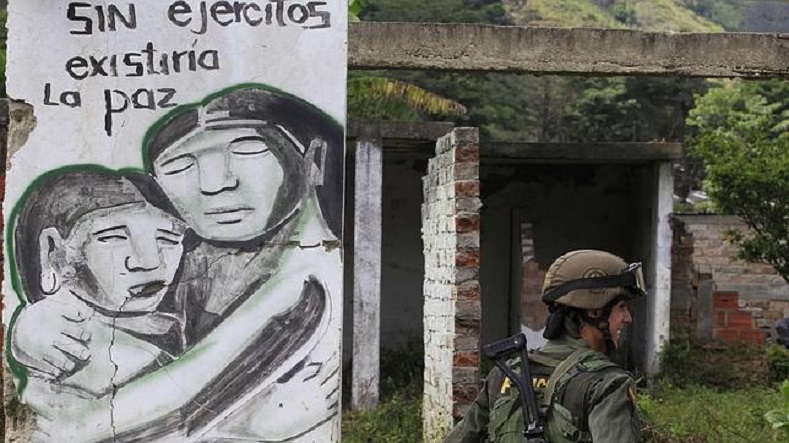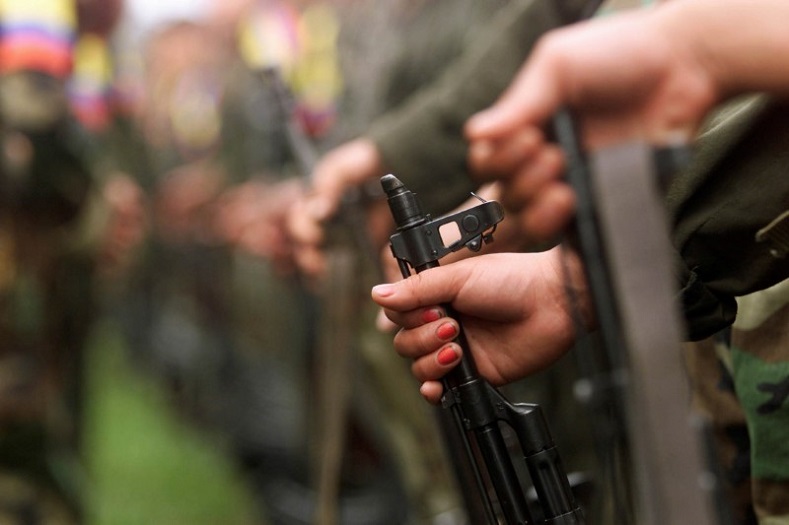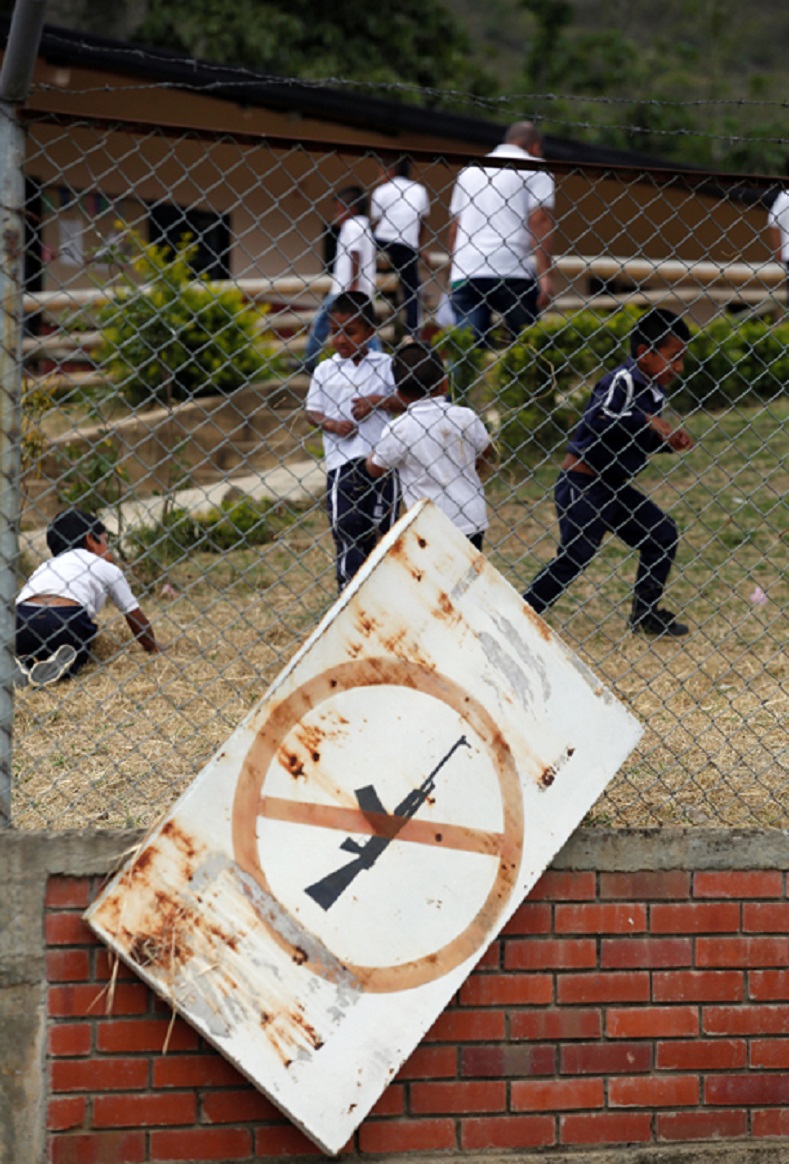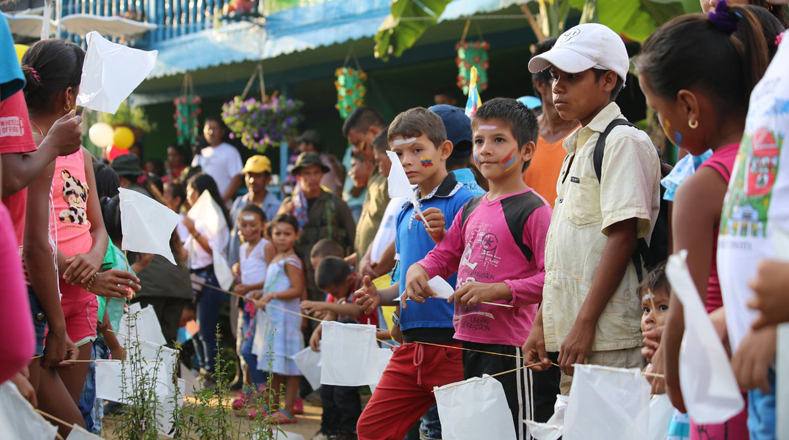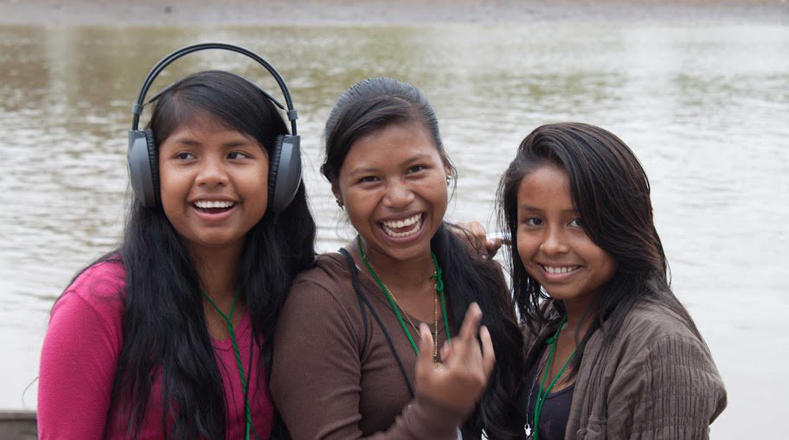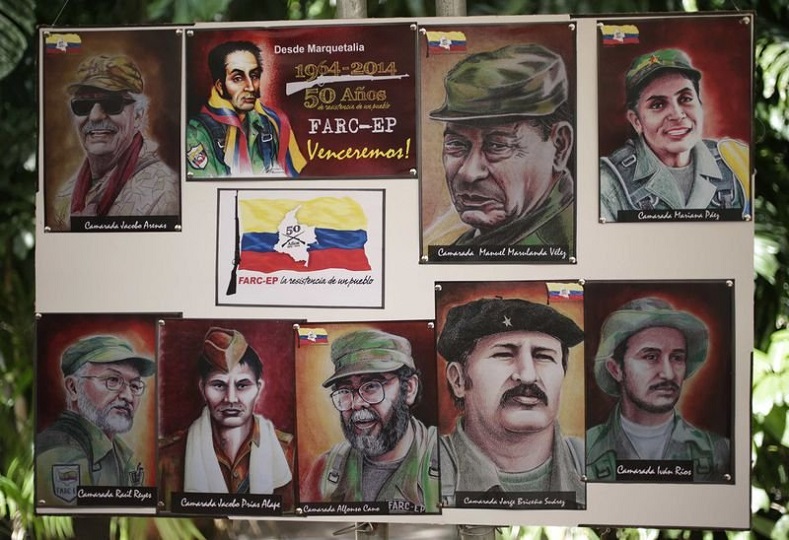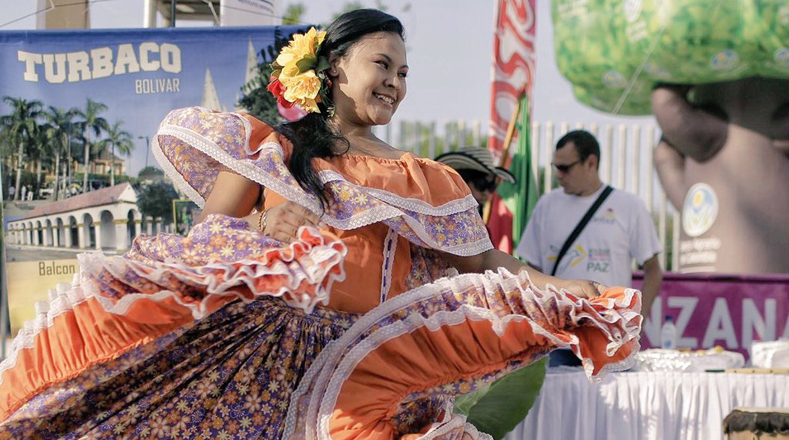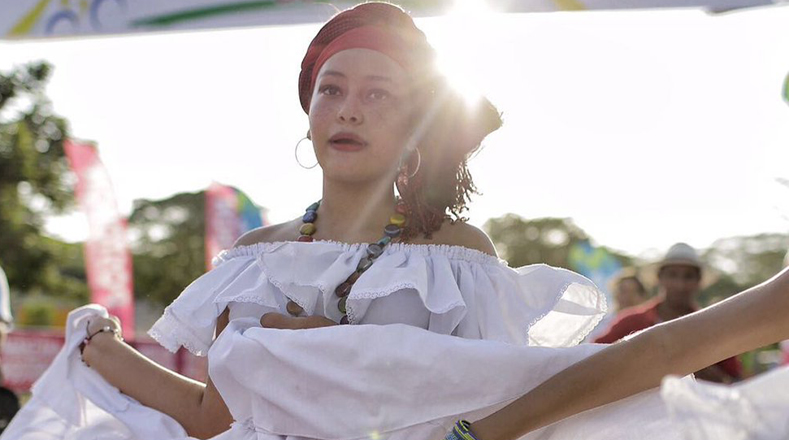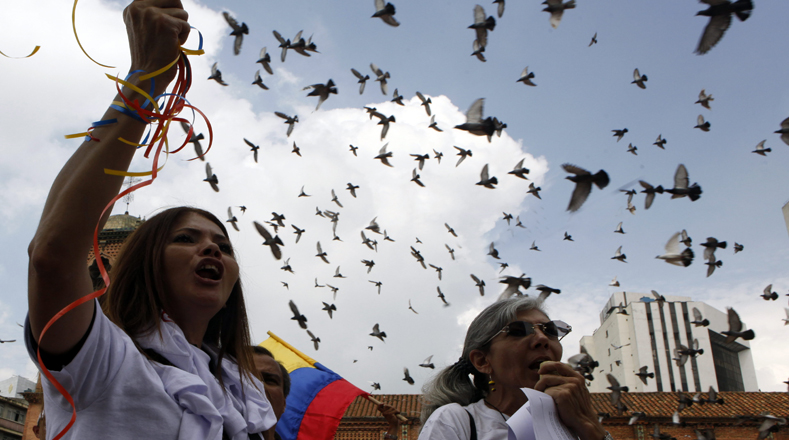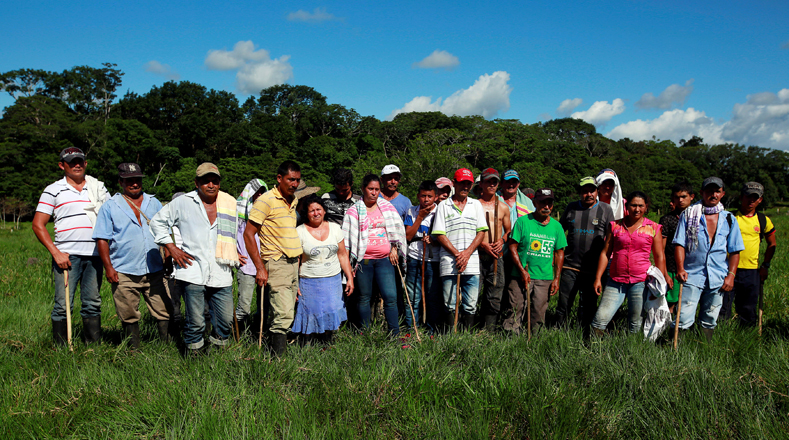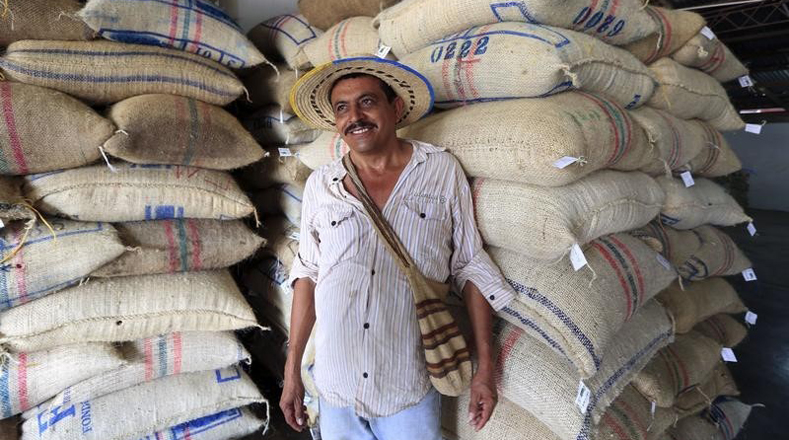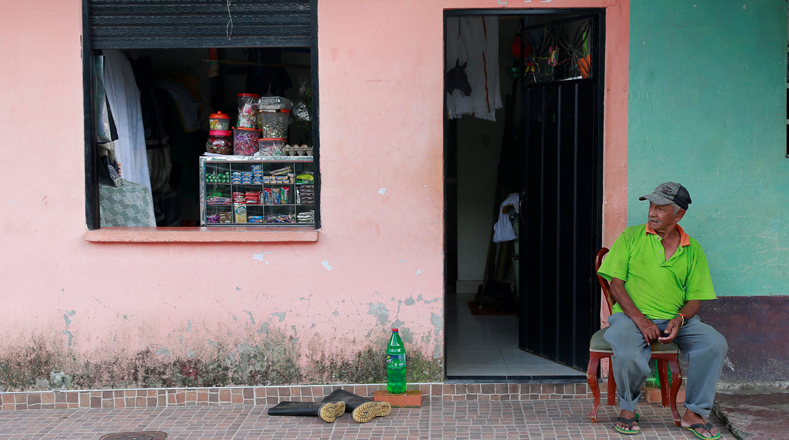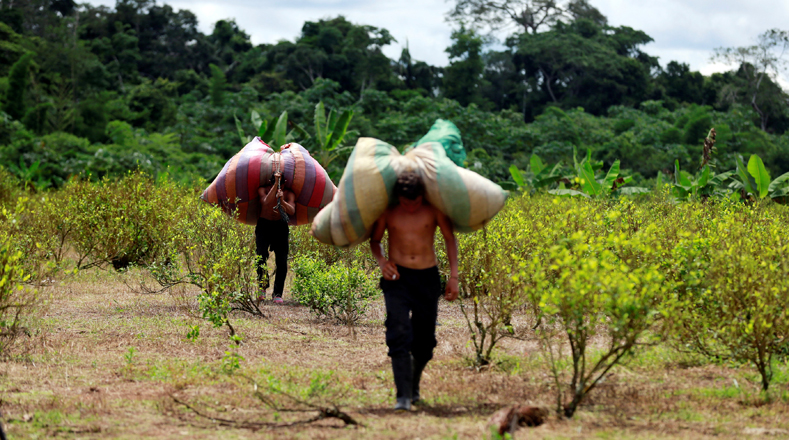Colombian citizens from all walks of life have reacted with joy to the bilaterial ceasefire agreed between the Revolutionary Armed Forces of Colombia, or FARC, and the government of President Juan Manuel Santos, signaling a decisive end to a five decade war and renewing hopes of social, economic and political justice for future generations in the region.
The peace deal, which was heavily encouraged and supported by late Venezuelan President Hugo Chavez and signed in Havana, Cuba, enjoys nearly-unanimous support and is expected to be integrated into the country's constitution. Both sides have successfully negotiated agreements on agrarian reform, political participation, illicit drugs, the rights of victims and transitional justice.
The FARC were born in 1964, a campesino organization formed to defend the interests of the rural population after hundreds of thousands were killed during one of the most violent periods of Colombian history known as "La Violencia." The group has been waging an insurgency against successive U.S.-backed governments ever since.
The FARC and human rights groups in Colombia have repeatedly said that peace cannot be achieved if the government does not acknowledge the existence of paramilitaries and take real steps toward disarming the right-wing, and often purely criminal, armed groups.
teleSUR takes a look at how the people of Colombia – those who suffered the brunt of the long-raging conflict – are reacting to this major historic achievement by the Colombian people.
Learn more at our teleSUR Colombia Peace Deal Special Feature
 13
13 